

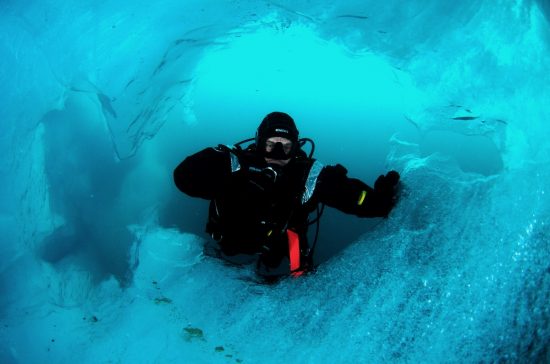
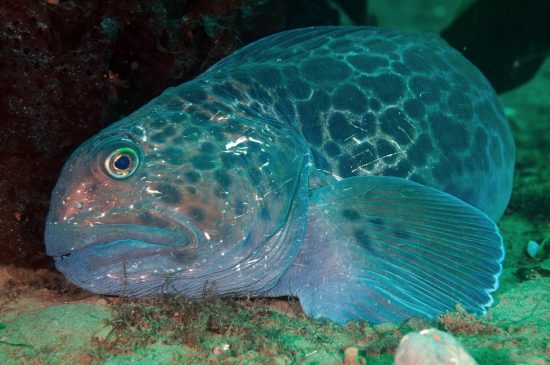
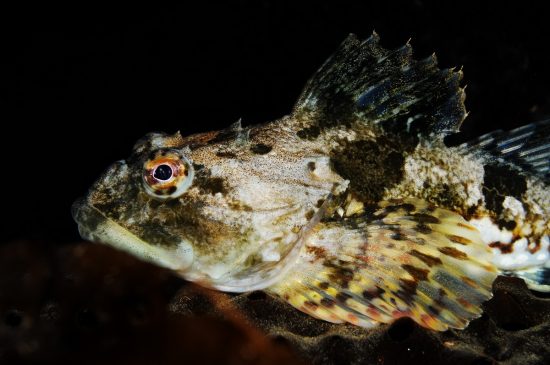
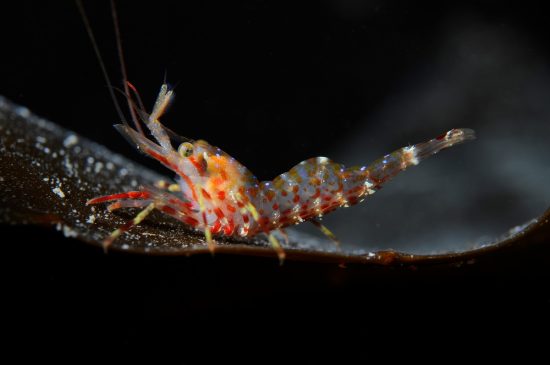
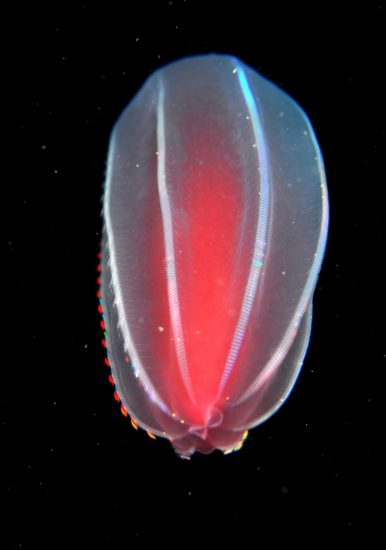
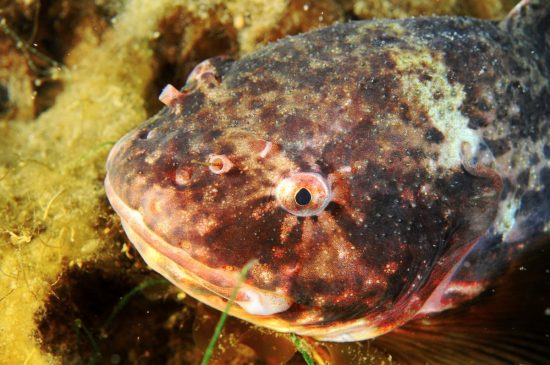
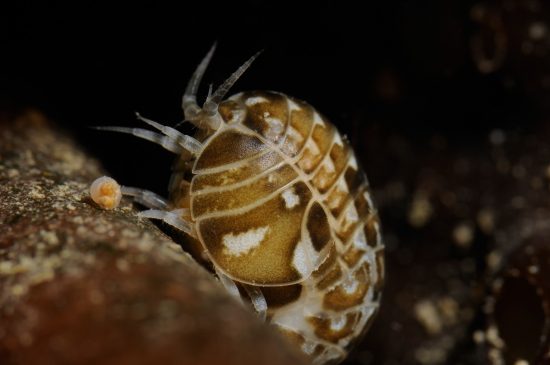
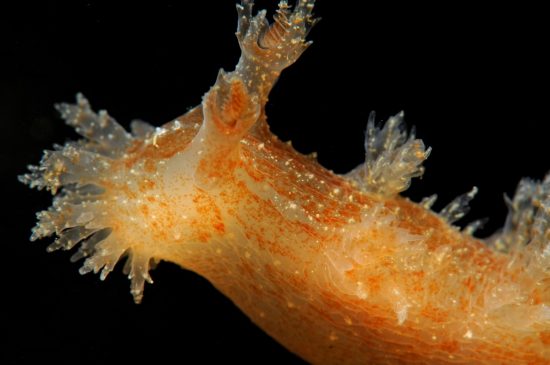
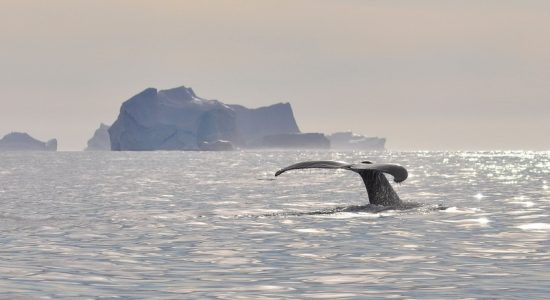
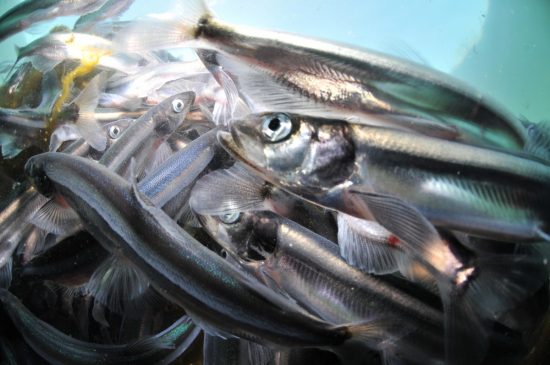
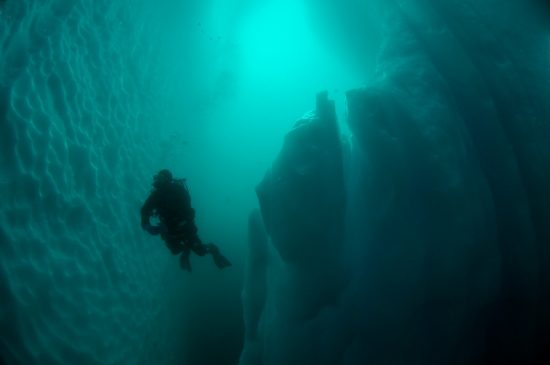
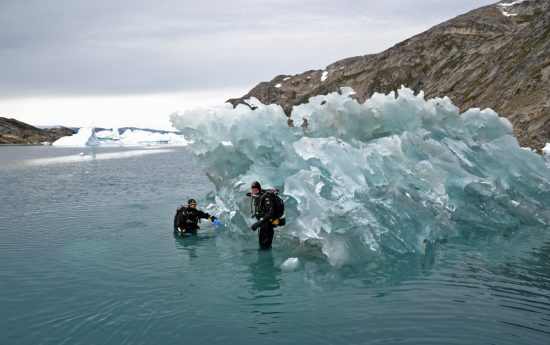
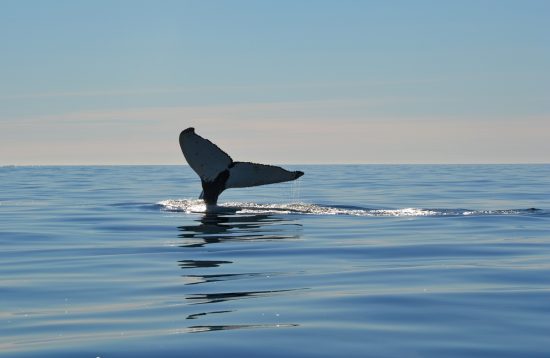
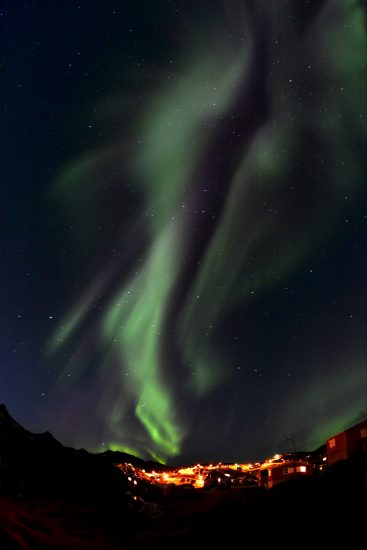
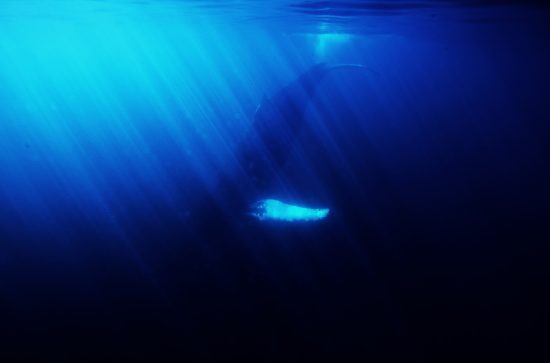
Undertaking a cool journey of discovery
Water temperatures of minus 3°C. It is so cold here that using salt to lower the temperature of freezing is commonplace. This is Greenland – a land of extremes. Huge glaciers slide into the fjords and the sea. Huge ice masses detach from them, toppling into the water, forming icebergs that are carried away with the current and wind. Some are as huge as skyscrapers, while others are barely larger than an ice cube. They break apart, rotate gracefully,
then melt away slowly.
Sven Gust has explored the underwater world of the East Greenland coast, and documented an astonishing diversity of animal life.
I feel a thousand needle pricks on my face, and my fingertips are numb. I am wrapped in a thick thermal suit, with a drysuit over it. My head and hands are hidden under thick neoprene. Under “normal” circumstances, I would be very well prepared for a dive in the North Atlantic. However, amidst the below-freezing temperatures here, water removes heat from the body twenty times faster than air. If one does not put on additional protective layers, it is possible to freeze to death in just several minutes.
Nature has much less variety on land than below the surface of the water. This is something that’s immediately obvious when you first enter the water. Thick kelp (brown algae) form an underwater forest that is much denser than any forest found on the island of Greenland. There are already many animal species here, even though there appears to be a lack of larger fish at first glance. The water is full of plankton. They are an ideal prey for both small fish and giant marine mammals. Humpback whales, fin whales and many others migrate here in the summer. In our boat trips to the dive sites,
cetaceans are the order of the day.
Back to the kelp forest and the slightly smaller inhabitants underwater. Among the plants, anemones and corals cover the rock walls, as do moss animals (bryozoan), sponges and other creatures. Starfish and magnificent feather stars also catch our attention. A small fish, called a common seasnail, looks at us from behind a kelp leaf. Apparently, we have proved to be too much excitement for it, and it prefers to observe from the safety of
“his” leaf.
We proceed deeper, but caution is now required. Here, the highest temperature is just 1°C; so far, the coldest we had ever experienced when diving was minus 3.4°C! At these temperatures, the body – and the equipment – is taken to the limit. Hence, we have to watch for the development of icing on our regulators, a threat that increases with depth.
For safety reasons, the limit is about 30 metres for us. This is a pity, as it is quite fascinating here.
The aquatic plants do not receive sufficient sunlight at this depth, and so this paves the way for numerous corals and colourful vegetation to flourish here. With the variety already so vibrant and astounding, one wonders about the explosion of more colours, shapes and strange lifeforms that must exist in the deep sea.
I focus on a colourful shrimp, selecting one amidst the many species there. There are also snails, floating monkfish, beautiful and fascinating nudibranch, and angelfish in the Arctic region.
In addition, jellyfish in various shapes and sizes can be seen here, looking like small flying saucers from another world. Along their transparent bodies, light waves seem to flow through, iridescent in many rainbow colours.
After about 30 minutes, the cold starts to get unpleasant. Soon, it is time to head back to the surface. After 40 minutes, I'm back on the boat, warming my hands and body with some tea.
The Arctic is a marvel. If we are lucky, we may still be able to savour the aurora borealis wrapped in warm, dry clothes with a hot drink in hand. This is undoubtedly a harsh place to live in, but for today, it is more beautiful and exciting than any tropical paradise.
 Herbert
Herbert 9th May 2017
9th May 2017